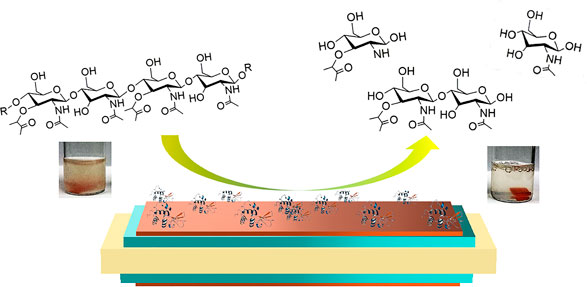Crossref Citations
This article has been cited by the following publications. This list is generated based on data provided by
Crossref.
Rojas-Montoya, Sandra M.
Vonlanthen, Mireille
Huerta-Roldán, José Manuel
Aguilar-Ortíz, Edgar
Burillo, Guillermina
Morales-Espinoza, Eric G.
and
Rivera, Ernesto
2019.
Incorporation of photoluminescent 7-hydroxycoumarin units onto a polyethylene matrix by means of gamma radiation.
Radiation Physics and Chemistry,
Vol. 163,
Issue. ,
p.
52.
Flores-Rojas, G.G.
López-Saucedo, F.
and
Bucio, E.
2020.
Gamma-irradiation applied in the synthesis of metallic and organic nanoparticles: A short review.
Radiation Physics and Chemistry,
Vol. 169,
Issue. ,
p.
107962.
Lee, Minseok
Chun, Dongmin
Park, Seonghyeon
Choi, Goro
Kim, Yesol
Kang, Suk‐Jo
and
Im, Sung Gap
2022.
Engineering of Surface Energy of Cell‐Culture Platform to Enhance the Growth and Differentiation of Dendritic Cells via Vapor‐Phase Synthesized Functional Polymer Films.
Small,
Vol. 18,
Issue. 17,
Quinelato, Raquel RR
Albitres, Gerson AV
Mariano, Danielle M
Freitas, Daniela FS
Mendes, Luis C
Rodrigues, Dayana C
and
Filho, Marcus Ferreira
2023.
Influence of polycaprolactone and titanium phosphate in the composites based upon recycled polypropylene.
Journal of Thermoplastic Composite Materials,
Vol. 36,
Issue. 3,
p.
1264.
Sessa, Lucia
Diana, Rosita
Gentile, Francesco Silvio
Mazzaglia, Fabio
and
Panunzi, Barbara
2023.
AIEgen orthopalladated hybrid polymers for efficient inactivation of the total coliforms in urban wastewater.
Scientific Reports,
Vol. 13,
Issue. 1,
Uddin Rabbi, Md. Belal
Haque, Sadia
and
Bedoura, Sultana
2024.
Advancements in synthesis, immobilization, characterization, and multifaceted applications of silver nanoparticles: A comprehensive review.
Heliyon,
Vol. 10,
Issue. 24,
p.
e40931.
Ibarra-Cervantes, Tamara B. S.
Flores-Rojas, Guadalupe G.
Mendizabal, Eduardo
and
Bucio, Emilio
2024.
PTFE-g-GMA graft copolymer synthesis promoted by oxidative gamma-rays method and characterization.
MRS Communications,
Vol. 14,
Issue. 4,
p.
639.
Flores-Rojas, G.G.
López-Saucedo, F.
Vázquez, E.
Vera-Graziano, R.
Buendía-González, L.
Mendizábal, E.
and
Bucio, E.
2025.
Antimicrobial Materials and Coatings.
p.
177.
